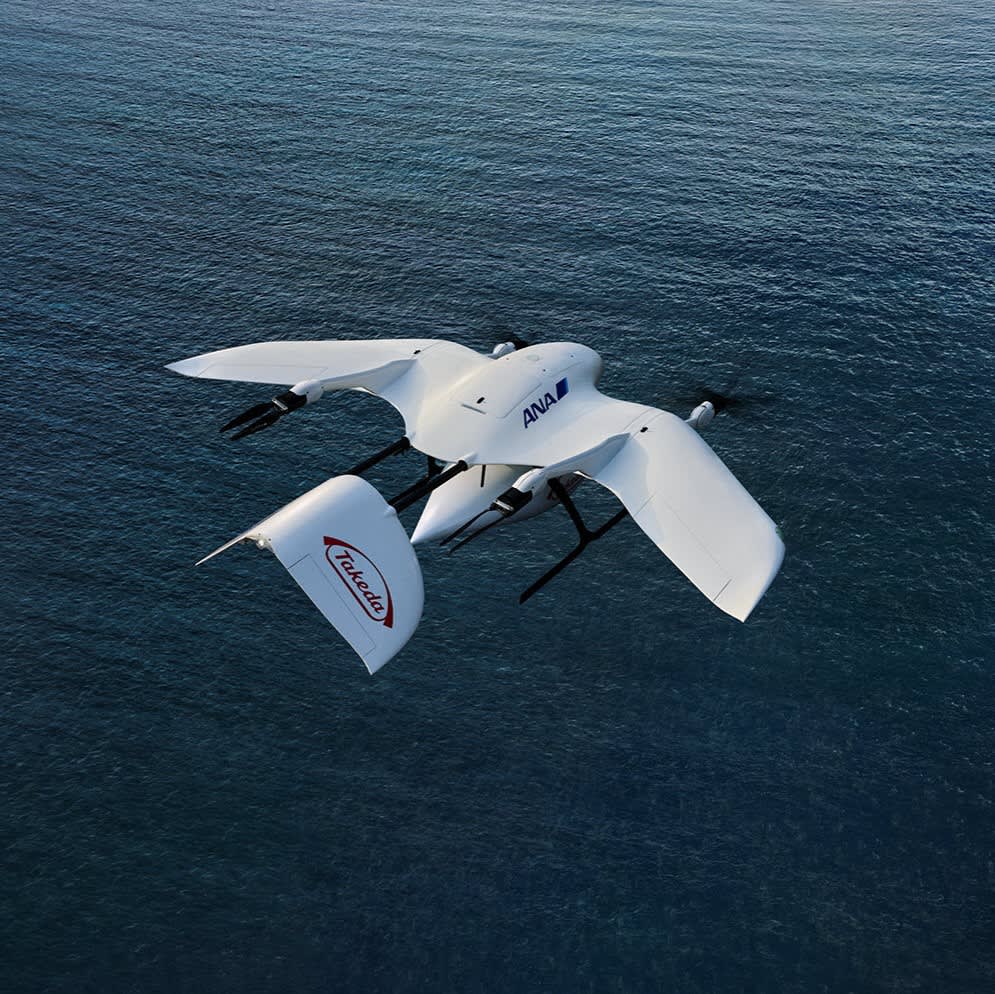MIT-Takeda Program uses AI to unlock innovation | Takeda Stories

MIT-Takeda Program uses AI to unlock innovation
The four-year artificial intelligence (AI) program demonstrates how ‘a true spirit of collaboration’ can lead to breakthroughs in drug research and development.

Jim Glass, senior research scientist, MIT
“I have my little corner of the world, but this was a chance to branch out and make an impact,” Jim says. “And the idea of collaborating with people who were experts in areas where I’m not, that was very appealing.”
The project was part of the MIT-Takeda Program, a unique collaboration between a biopharmaceutical company and academia to explore using artificial intelligence (AI) in health care. Brian Tracey, who is a senior director of statistics in Takeda’s Statistical and Quantitative Sciences group, says the program presented invaluable learning opportunities on both sides.
“By working with people like Jim who are at the cutting edge of speech research, we can learn new methods and understand what’s current,” he says. “We can ask ‘where would you start on this problem?’ And that’s really valuable.”
As the four-year program concludes, the results demonstrate the power of collaboration and the transformative potential of AI to find solutions to drug discovery and development challenges.
‘A true spirit of collaboration’
![Left to right: Junjing (Jane) Lin [Takeda], Hamaad Adam [MIT], Jianchang Lin [Takeda]](https://assets-dam.takeda.com/image/upload/c_lfill,w_1920/q_auto:eco/f_auto/v1/Global/Our-Stories/MIT-Takeda%20Program%20uses%20AI%20to%20unlock%20innovation/MIT_Takeda_115)
(From left) Anne Heatherington, head of Data Sciences Institute at Takeda; Tia Giurleo, program manager at the MIT School of Engineering; Yaritza Peña, senior program manager of the Data Sciences Institute Strategy and Business Operations at Takeda; Tim Smith, director data and analytics at the ShinrAI Center for AI/ML at Takeda; and Anantha Chandrakasan, dean of the MIT School of Engineering
The 22 projects that constituted the program spanned the drug development pipeline, from research to clinical development and manufacturing. Anne Heatherington, Research & Development chief data & technology officer and head of Takeda’s Data Sciences Institute, says she had a clear goal in mind when we launched the program.
“We were focused on tackling the toughest problems in drug development; problems that were worthy of the brains of MIT,” Anne says.
Simon Davies, executive director of the MIT-Takeda Program and head of Statistical and Quantitative Sciences at Takeda, says the company took a grassroots approach to gathering project proposals.
“We asked for things our colleagues were really struggling with on the ground,” he says. “And on the MIT side, we didn’t just say here are the projects; we gave them a ‘garden’ of projects we thought were the most interesting, and it became a dynamic matching process.”
Anantha Chandrakasan, MIT’s Chief Innovation and Strategy Officer, Dean of the School of Engineering and the Vannevar Bush Professor of Electrical Engineering and Computer Science, who partnered with Anne to develop the program, says MIT researchers were able to pick topics that aligned with their interests and then connect with Takeda researchers to map out project proposals.
“There was a true spirit of collaboration,” he says. “MIT researchers were willing to use their tools and expertise to tackle a problem, and Takeda researchers provided guidance and education in their respective areas of expertise, as well as access to staff, data and even equipment.”

"These projects have given us a breadth of experience to think about the value and impact of these technologies. That experience is informing our broader strategy for AI, and it’s given us a blueprint for how to collaborate with startups or academia. It’s set a foundation for us to find new ways to innovate in this space for years to come.”
-Simon Davies, head of statistical and quantitative sciences at Takeda
Taking ‘a fundamentally different approach’ yields exciting breakthroughs
The program has yielded solutions with the potential to transform biopharmaceutical processes across the industry and has resulted in 16 publications and a patent. The program has been just as valuable in helping both sides think differently about how they approach problems.
For example, the patented technology was the result of a project that sought a non-invasive way to monitor small-molecule medicines during the manufacturing process — our typical method is to stop the machine at regular intervals to take a sample, which is time-intensive and expensive. George Barbastathis, an imaging expert from MIT’s mechanical engineering department, says bringing a diverse set of expertise together led the team to an innovative solution.
“We had a real problem to solve, and the best way to solve it represented a fundamentally different approach,” George says. “My research community would have imaged every particle and then calculated. We did the opposite; we came up with this optical technique where we let the physics do the counting for us. It's very unusual and very exciting.”
So exciting, that the team is continuing their research and building capabilities to run the technology at our company’s manufacturing sites. If implemented, the method could shave hours off the manufacturing timeline while ensuring products meet our quality standards.
![Left to right: Junjing (Jane) Lin [Takeda], Hamaad Adam [MIT], Jianchang Lin [Takeda]](https://assets-dam.takeda.com/image/upload/c_lfill,w_1920/q_auto:eco/f_auto/v1/Global/Our-Stories/MIT-Takeda%20Program%20uses%20AI%20to%20unlock%20innovation/0019_MIT_Takeda_celebration_2024_019)
Left to right: Junjing (Jane) Lin [Takeda], Hamaad Adam [MIT], Jianchang Lin [Takeda]
Another project sought a better way to monitor clinical trial data; there can be hundreds of thousands of data points in a single study. Jianchang Lin, senior director of statistics at Takeda, says the team’s research was game-changing.
“It’s a paradigm shift in terms of how we do clinical trial monitoring in practice,” he says.
“Moving from a process that was more time-consuming to now having more real-time checks and monitoring using machine learning, which could allow us to do more accurate predictive modeling. We are doing something that we've never done before, and it provided transformative thinking to this field.”
A lasting impact on health care
While the formal program is ending, several of the projects — including George’s research on small-molecule imaging — are still underway. And the MIT-Takeda Fellow program, a subset of the MIT-Takeda Program in which our company supports MIT graduate student research in health care and AI, will also continue.
As Simon reflects on the program’s impact, he says it serves as an outstanding example of the type of innovation that has made our company successful for more than 240 years and will propel us into the future.
“These projects have given us a breadth of experience to think about the value and impact of these technologies. That experience is informing our broader strategy for AI, and it’s given us a blueprint for how to collaborate with startups or academia. It’s set a foundation for us to find new ways to innovate in this space for years to come.”
As for MIT, Anantha says that using real data to solve real problems has made a lasting impact on work at the intersection of health and AI.
“The MIT-Takeda program has demonstrated what can be accomplished when you combine the expertise of data scientists with experts in health care and drug development,” he says. “It is exciting to think of the potential future breakthroughs that can be unlocked through applying AI and machine learning to problems in health care.”
Hover over the video to see caption options.
Share this story



